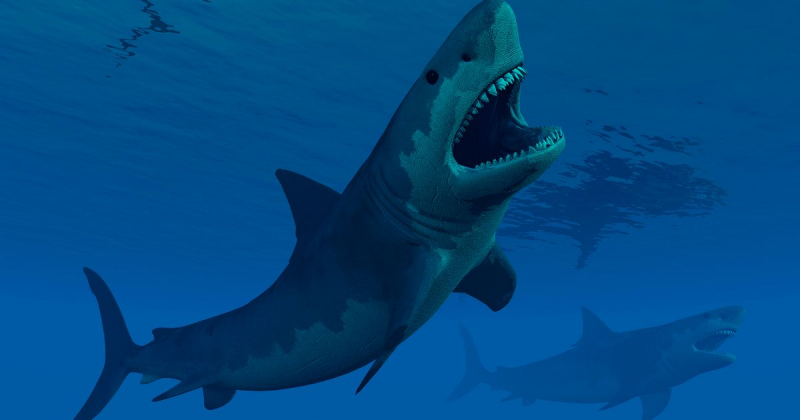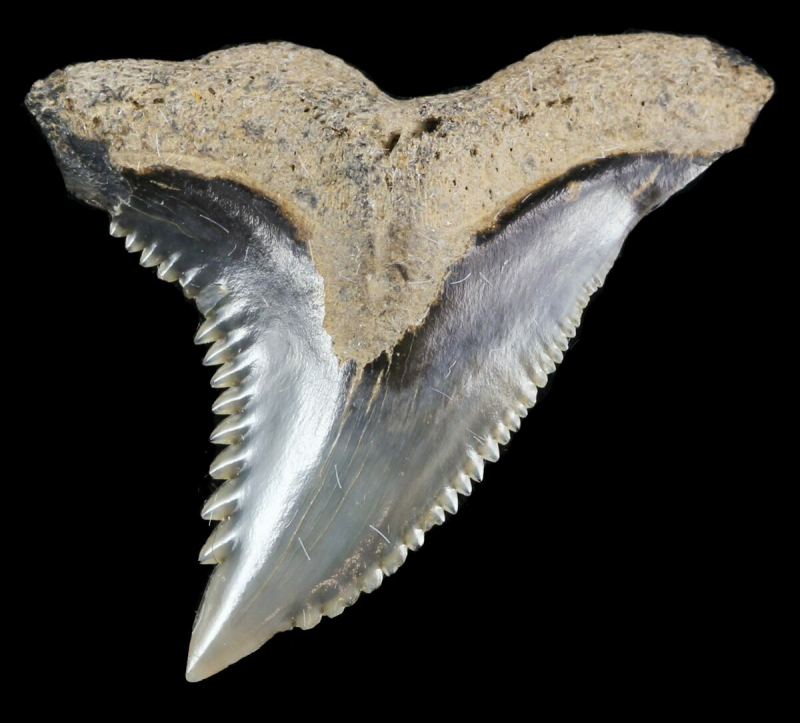Megalodon's fossils were their teeth.
The Megalodon shark is considered one of the largest vertebrates and has had a major impact on the structure of ocean life. The fossils found help scientists surmise that this giant shark could reach a length of 18 meters and have a global distribution.
The main fossils found of Megalodon are teeth and spine. Like all sharks, the Megalodon skeleton was made of cartilage and this makes the specimens very difficult to preserve. Megalodon's tooth features include triangular shape, straight structure, large size (and serration along the edges. Megalodon jaws would have about 276 teeth, and studies reproduce the bite force of fish. fat suggests it may have been one of the most powerful predators that ever existed.
Sharks continuously produce teeth throughout their lives. Depending on what they eat, sharks lose a set of teeth every one to two weeks, up to 40,000 teeth in their lifetime. This means that shark teeth are constantly falling to the ocean floor, increasing the likelihood of them becoming fossilized. Teeth are also the hardest part of the shark's skeleton. While our bones are covered in the mineral calcium phosphate, shark skeletons are made entirely of softer cartilage like our noses and ears.







